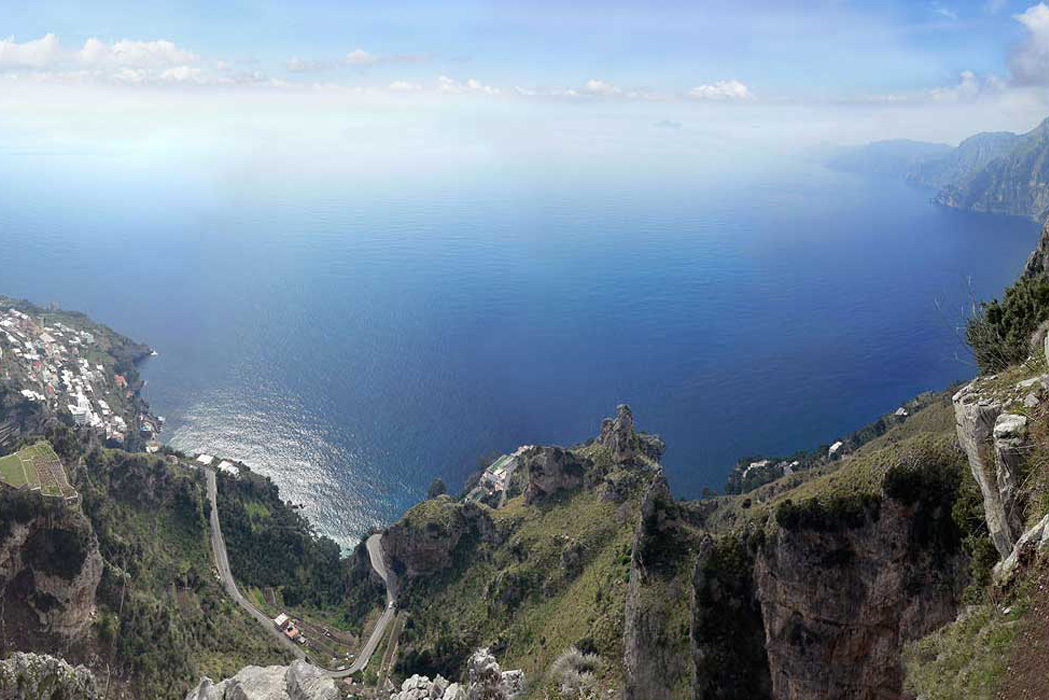Trekking in Amalfi Coast
Enchanting Trekking paths, from medieval Villa Scivitella along the ancient paths of the Amalfi Republic Holiday House Scivitella was built in an important location of the glorious past of the Ancient Maritime Republic. The Villa Scivitella is a residence of medieval origin, which rises in the biggest of the five hamlets of Amalfi: Pogerola. The etymology of the name seems to indicate the presence of the complex as part of an ancient village, situated on the path that was the strategic communication route to reach, from Amalfi, the Franciscan Monastery of Cospiti, the lush deciduous forests of Agerola, from which continues to Castellammare di Stabia, Naples. The villa overlooks the valley of Santacroce, which gives its name to one of the most beautiful beaches of the Amalfi Coast, reachable by boat. From the Villa you can undertake numerous natural, ancient and extraordinary paths.
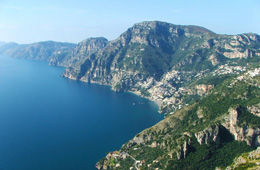
Path of the Gods
The most enchanting is the Path of the Gods from Agerola to Positano, loved by trekkers from around the world. The route starts from Piazza di Bomerano in Agerola and owes its name to the numerous temples dedicated to Minerva, Mitra and Ceres, which stood in the Roman Era, along its route. Passing by Colle Serra and Cannati (8 km - medium), the path runs along the "Biscuit Cave" which takes its name for the particular geological rock that resembles the bread toasted product in Agerola; you can admire secular monasteries built in the cave. After the Colle Serra, the path opens a breathtaking scenery on the islands of "Li Galli"(the legendary islands of the enchanting Sirens of Ulysses), on the Sorrento Peninsula and Capri in the background. Continue passing the location Li Cannati to reach the villages of Nocelle and Montepertuso and then down to Positano through a long staircase. Continuing you can reach the Beach Marina Grande of Positano.
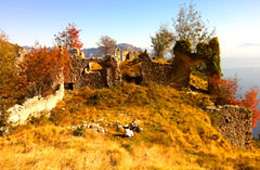
Path to the ancient ruins of Cospiti's Monastery
The path goes to the ruins of medieval Convent of Cospiti, an ancient Franciscan monastery in the area over the Villa La Scivitella, where you can enjoy the stunning views overlooking Amalfi, in a place completely immersed in the nature of sacred, remarkable and historical importance. Probably, in the beginning, in that location was founded a church dedicated to the Holy Savior in the years 1090, and then the monastery that for the ancient news was founded in 1190 ; then the chronicles tell that was the home of Francesco della Rovere who in 1471 became Pope. Finally in 1800 it was a den of the brigands.
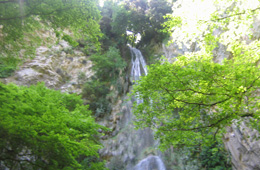
The Natural Reserve of Valle delle Ferriere from Pogerola of Amalfi
From Villa La Scivitella you reach the trail to Pogerola; along a rocky path and a steep descent, you climb up the side of the valley up to the impressive waterfalls and through untouched nature that preserves a giant fern, the Woodwardia Radicans. It is a rare testimony in Italy of pre-glacial flora, which only here and in areas like the Vallone Porto Positano, see meet their needs moisture. Continuing, after being forwarded to its charming nature with streams, waterfalls, tropical ferns protected, you come to the old ironworks and paper mills penetrating into the magnificent Valley of the Mills which continues up to the old town of Amalfi.
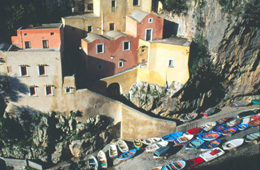
The path of The Fishing Fox"
The path that leads to the ancient village in the Fiordo takes its name from fox that to find food, reach down to the beach of the Fiordo of Furore to catch the fish.
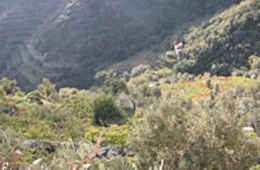
"Trail of Crazed Bats"
Hidden among the vegetation of the Fiordo of Furore, the path that leads to Punta Tavola Conca dei Marini, is an exciting path for trekking lovers and botany. The path, including carob trees, oaks and typical Mediterranean vegetation, passes through the path of the mill, the channel and reaches the solitary paper mill. The site has become, in the past, shelter for the bats. In the Church of St. Elijah, in Furore, you can admire the extraordinary triptych of the thirteenth century, of the artist Angelo Antonello da Capua.
